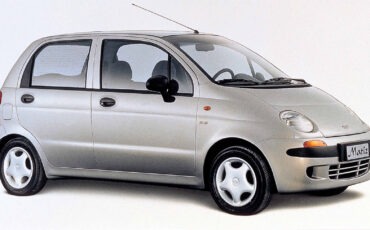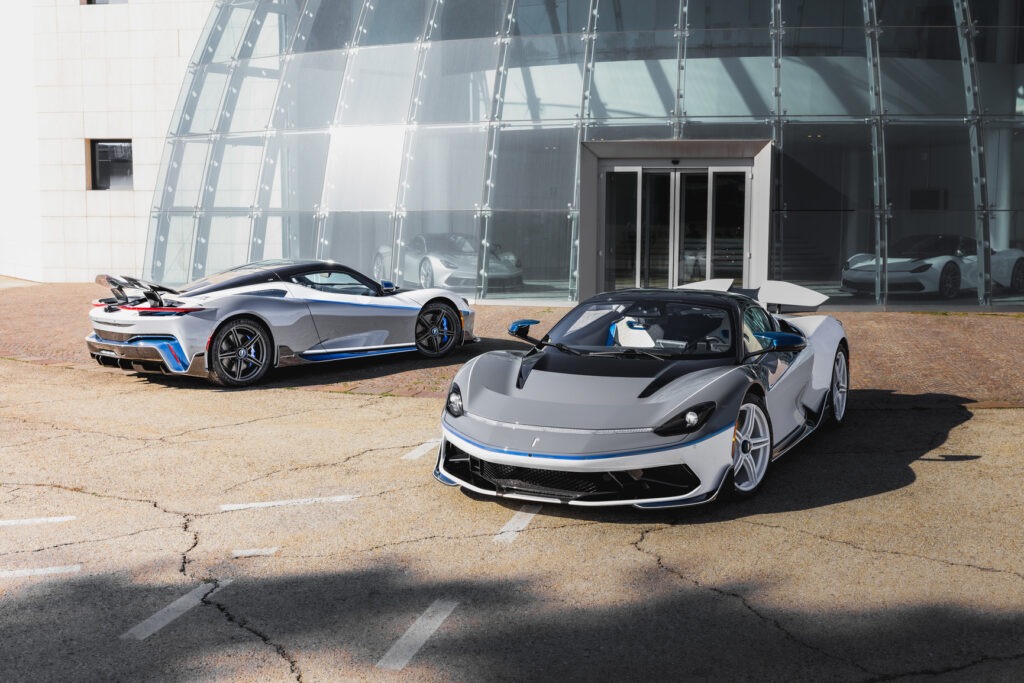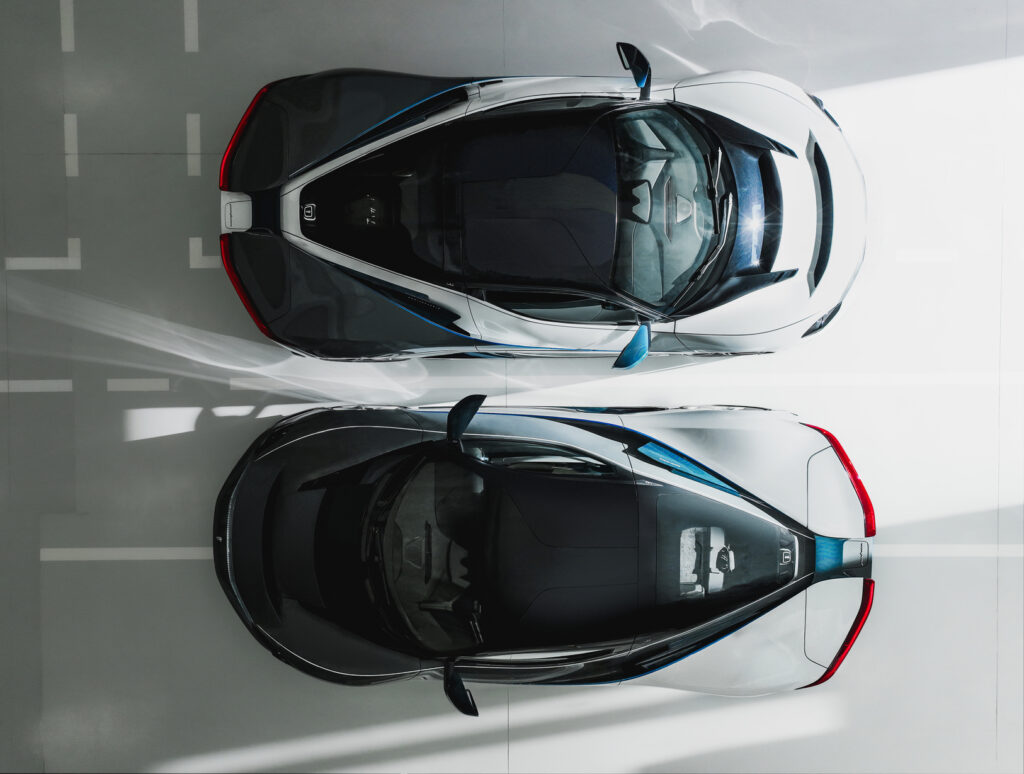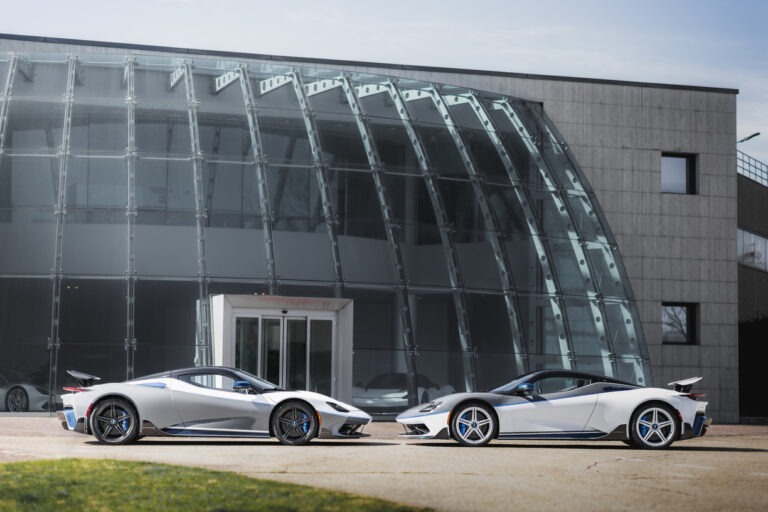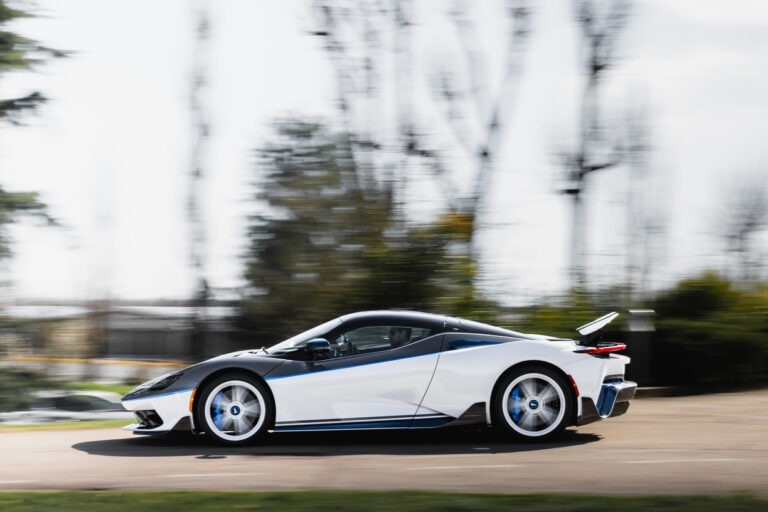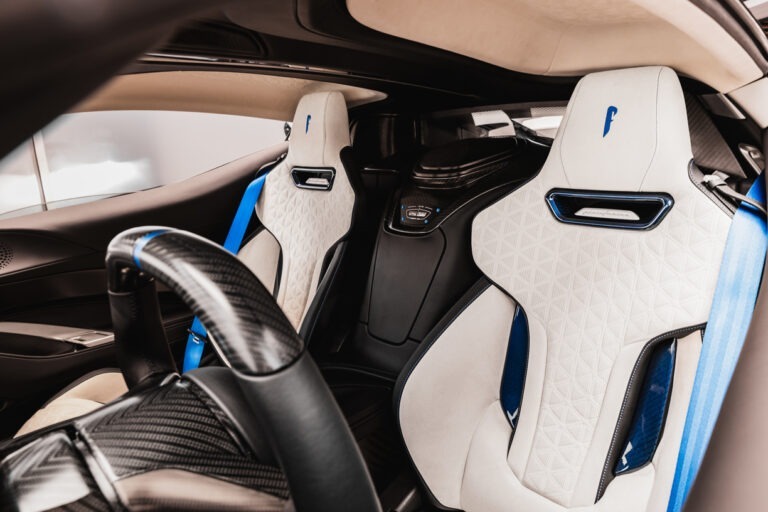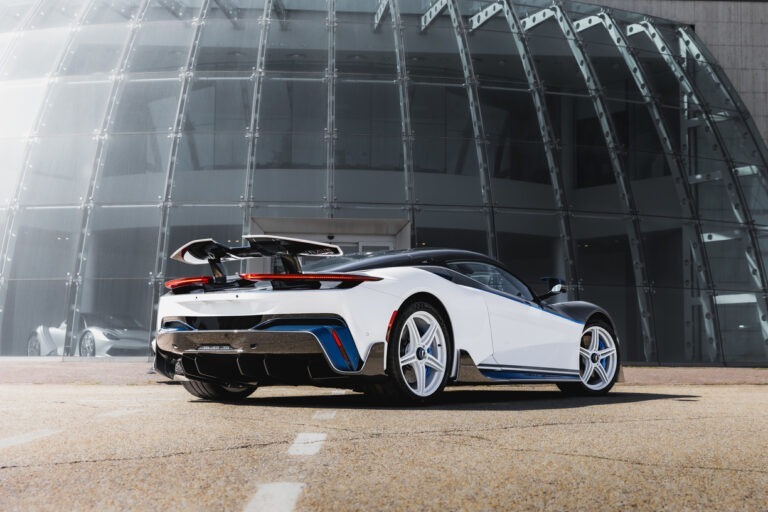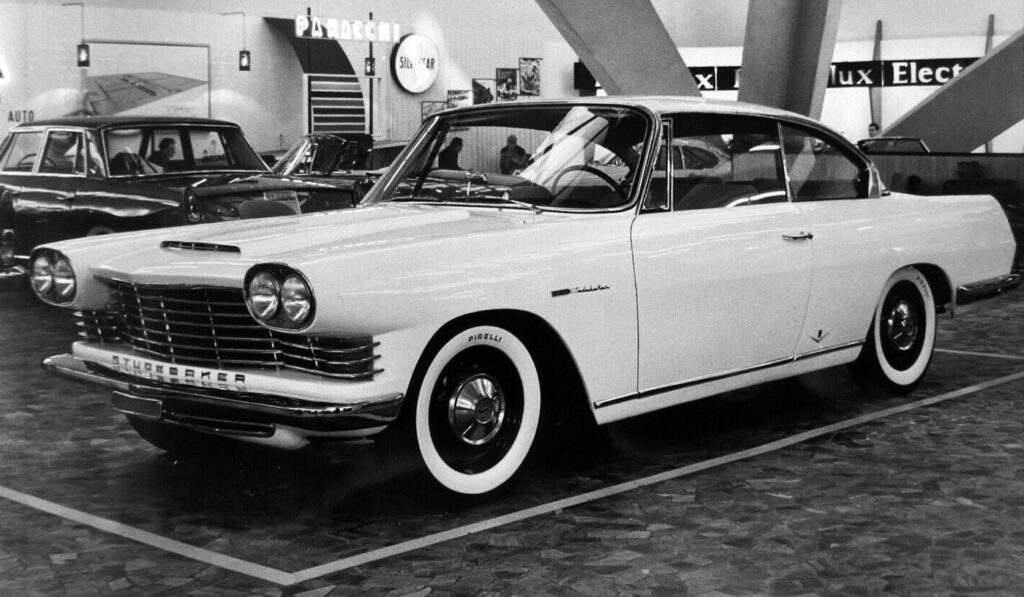
The Studebaker Lark Italia models
In 1960 the entrepreneur and importer Renato Bornigia commissioned Pietro Frua and Francis Lombardi to carry out a project to mass-produce (1000 cars) a variant of the Studebaker Lark in 2-door coupe and 4-door sedan versions. Since Studebaker was the only American car manufacturer which producted vehicles based on rollin chassis rather than unitized construction to manufacture the Lark, simplifying the project. So four Studebaker Lark chassis, complete with engines and running gear, were shipped from the factory in South Bend, Indiana to Italy in care of Frua in Turin and Carrozzeria Francis Lombardi. For the realization of the 2 models, Pietro Frua first contacted Carrozzeria Viotti and then fell back on the newborn Italsuisse of Geneva, swiss coachbuilder founded by Adriano Guglielmetti, a former Frua employee. Both Coupes made by Frua and Francis Lombardi were presented at the 1960 Turin Motor Show with the name of Studebaker Italia. A few months later, in 1961, the four-door version was presented by Frua at the Geneva Motor Show. It is presumed that Bornigia opted for the design of Frua discarding that of Francis Lombardi, so that no four-door version it is believed to exist by the latter. For reasons unknown to us, the project did not go beyond the four prototypes Bornigia was working on an ambitious plan that included a production run of 1000 vehicles.
Studebaker Lark Italia Sedan by Frua
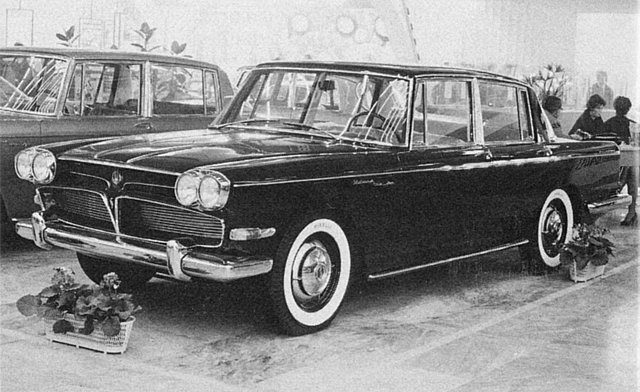
Two built, chassis #5 & #7, both exhibited at the 1961 Turin and Geneva Auto Shows, the fate of the Studebaker Italia Sedans remained a mystery until 2003 when a sales announcement in German appears (despite the cars being in Rome) of two Studebakers Sedan at the price of € 10,000. Number #5 was in rather bad shape, crashed in the front, without engine and accessories while chassis #7 was almost complete in its entirety, despite the evident years spent outdoors. The #5 appears to be based on Lark VI so it was originally fitted with the 170 Studebaker 2.8 liters Skybolt 6 while the #7 was based on Lark VIII and mounts the more powerful 4.2 liter 259 V8. The news of these two cars spread quickly among lovers of the brand and in 2004 the Californian Patrick Drnec, who had to make a trip to the United Kingdom, got in touch with the sellers to see the cars. “If at least one is salvable and not ridiculously expensive, I want them” and apparently he did. He bought both for € 6,500 and sent them on a container to the United States. Both cars are currently in restoration.
Studebaker Lark Italia Coupé by Frua
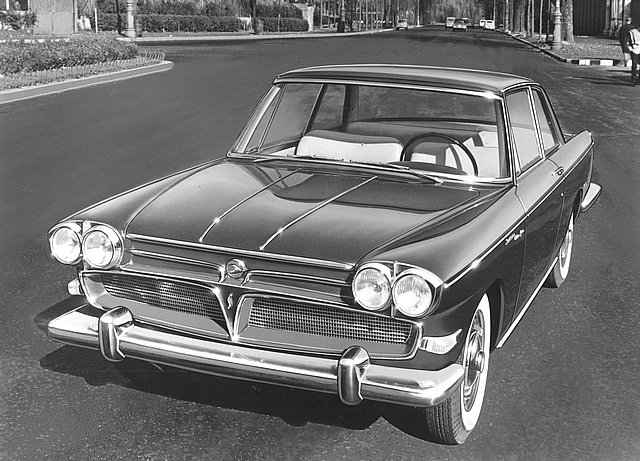
The Lark Italia Coupé made by Frua was unveiled at the 42nd Salone Internazionale dell’Automobile di Torino in 1960. At the same exhibition, competitor Francis Lombardi unveiled its own version. In 1961, it was showcased among its sedan sisters at the Italsuisse-Stand of the Geneva Autoshow. Its got probably lost and destroyed.
Studebaker Lark Italia Coupé by Francis Lombardi

The fourth rebodied Studebaker Lark was this white fastback Coupè made by Francis Lombardi. It was presented at the 1960 Turin Auto Salon. Its faith is unknown.
The Sibona-Basano bargain
In 1960 Studebaker, with a new management and designer tried to relaunch the brand with a handfull of new concept cars. Studebaker was then so short of cash that all it could afford was $50,000 for the creation of concept cars. The new design chef Stevens decided his only hope was Italy, but not some high-priced outfit like Pininfarina. Happily, he discovered a small coachbuilder in Turin called Sibona-Bassano. “I walked in,” he remembered, “and there was laundry on the line and chickens running around. I took these two little guys out and fixed them up with Camparis. We got good prices out of them — $16,500 per car, an incredibly low figure.” Better yet, the finished models were worthy of a Pininfarina. Stevens termed them “jewel-like,” and recalled the CEO Egbert being very excited about them.
Studebaker Sceptre
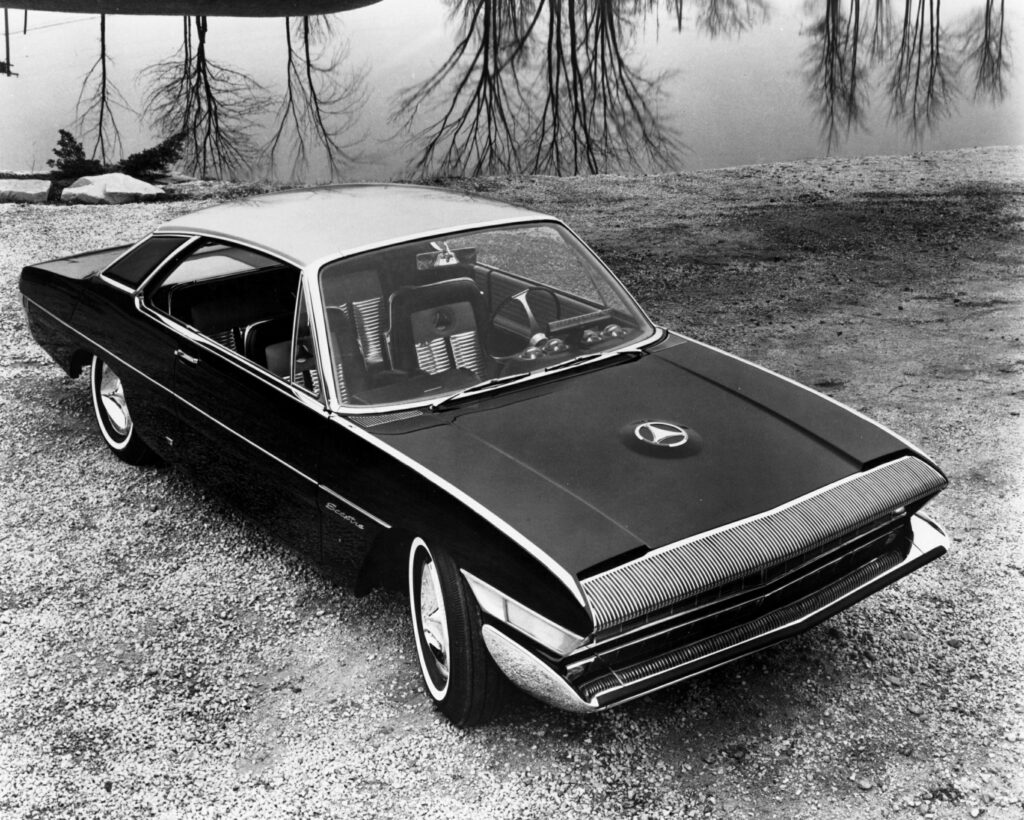
The Studebaker Sceptre prototype built by Sibona-Basano was a 2-door, 5 seater coupe and destined to be the pattern for a 4 door family sedan and a 8-passenger station wagon. It pioneered body lines and introduced innovations in grill and headlight treatments, bumpers, siderub rails, warning lights, hood openings, rear deck openings, and “C” pillar design. It also represented a total departure in instrument panel function and esthetics. The first approach to the astronaut couch bucket seat and/or bench was pioneered here, as well as upholstery treatments using mylar and vinyl combinations and new system of cushion breathing. The car was designed with the total concept in mind and every detail carried out in keeping with the over-all theme. this was not to be a committee design or a mishmash of ideas borrowed from other concepts. It was the ultimate in Studebakers vain attempt to raise the money to tool all new cars, the basis of which could last for five years.
Studebaker Lark Wagonaire
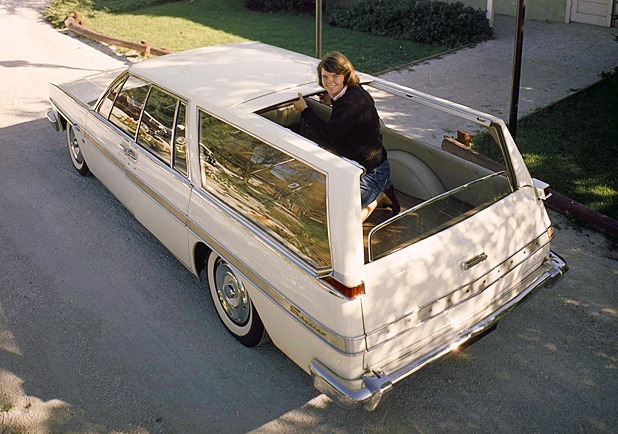
The 2nd concept car built by Sibona Basano for Studebaker was this Wagon. Suicide doors and a openable canopy at the back were its special features.
Studebaker Lark Cruiser
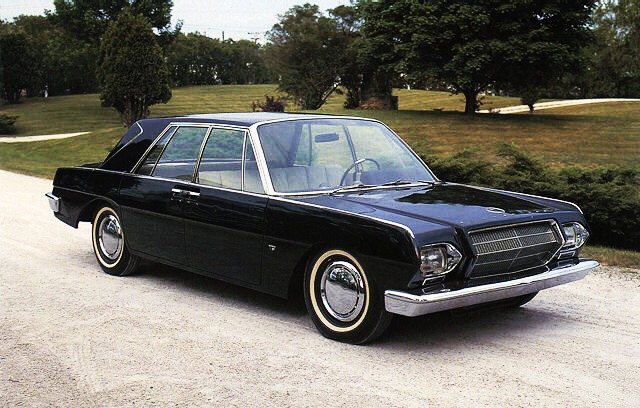
The last Studebaker prototype built by Sibona-Basano was the “Cruiser” a elegant four door sedan (with suicide doors) and hard top.
The Fiat 1100 TV by Carrozzeria Canta: the wannabe
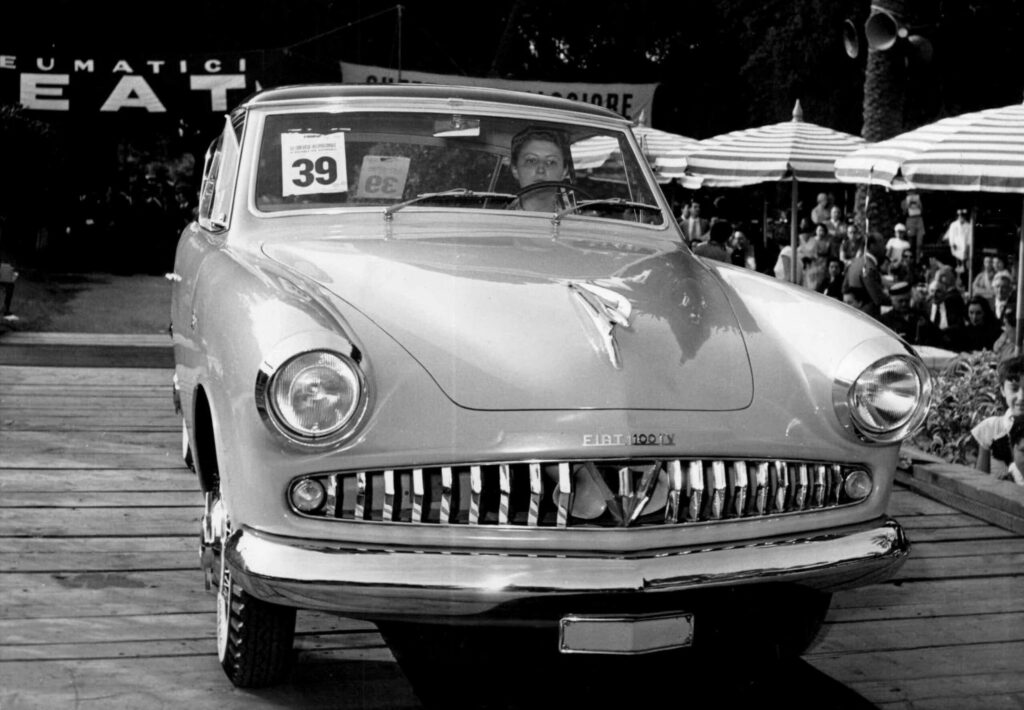
In 1954 Carrozzeria Canta asked designer Giovanni Michelotti to create a models which clearly recalls the lines of the ’54 Studebaker Champion. This model built on the Fiat 1100 TV chassis got a great public approval but also the attentions of Studebaker Lawyers, forcing Canta to change the design the year after. Therefore, in 1955, a new series with different lines debuted, just enough to avoid the rip-off accusations.

